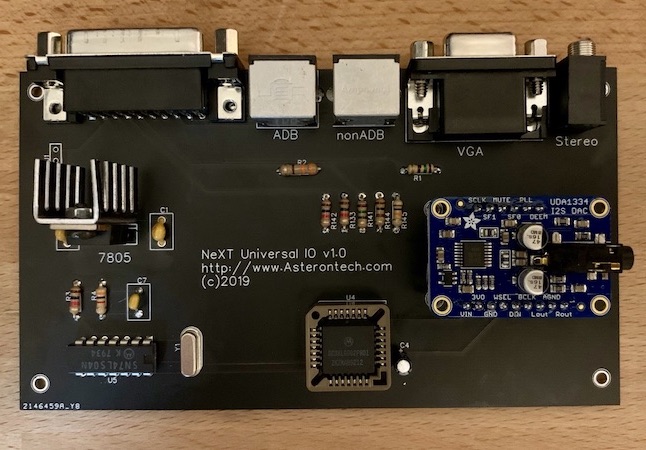I thought this post on Reddit summed the NeXTcube up quite nicely
“Display Postscript (resolution/media independence), multimedia email, built in ethernet and networking, DSP co-processor (Motorola 56K), the (comparatively cheap) laser printer using the cube/slab as the RIP (400DPI, fast (proprietary high speed serial link) and true WYSIWYG thanks to the native Postscript implementation), the app dock, Interface Builder, remote execution, fat binaries... and then just the whole idea that a computer itself could be a beautiful machine as well as what you saw on the screen. Compare NeXTStep's GUI to any of its contemporaries to get a feel for exactly how much of a leap ahead the rest it truly was”
Obviously it had a stratospheric price tag in order to get all this!
id used Next machines to develop both Doom and Quake. John Carmack had this to say:
“I have no regrets at all about developing Doom on a NeXT!
I bought our first NeXT (a ColorStation) out of personal interest. Jason Blochowiak had talked to me about the advantages of Unix-based systems from his time in college and I was interested in seeing what
Steve Jobs’ next big thing was. It is funny to look back; I can remember honestly wondering what the advantages of a real multi-process development environment would be over the DOS and older
Apple environments that we were using. Actually, using the NeXT was an eye-opener, and it was quickly clear to me that it had a lot of tangible advantages for us, so we moved everything but pixel art (which was still done in Deluxe Paint on DOS) over. Using Interface Builder for our game editors was a NeXT unique advantage, but most Unix systems would have provided similar general purpose software development advantages (the debugger wasn’t nearly as good as Turbo Debugger 386, though!) Kevin Cloud even did our game manuals, starting with Wolfenstein 3D, in Framemaker on a NeXT.
This was all in the context of DOS or Windows 3.x; it was revolutionary to have a computer system that didn’t crash all the time. By the time Quake 2 came around, Windows NT was in a similar didn’t-crash-all-the-time state; it had hardware accelerated OpenGL, and Visual Studio was getting really good, so I didn’t feel too bad about moving over to it. At that transition point I did evaluate most of the other Unix workstations and didn’t find a strong enough reason not to go with
Microsoft for our desktop systems.
Over the entire course of Doom and Quake 1’s development we probably spent $100,000 on NeXT computers, which isn’t much at all in the larger scheme of development. We later spent more than that on Unix SMP server systems (first a quad Alpha, then an eventually 16-way SGI system) to run the time consuming lighting and visibility calculations for the Quake series. I remember one year looking at the Top 500 supercomputer list and thinking that if we had expanded our SGI to 32 processors, we would have just snuck in at the bottom.“






























